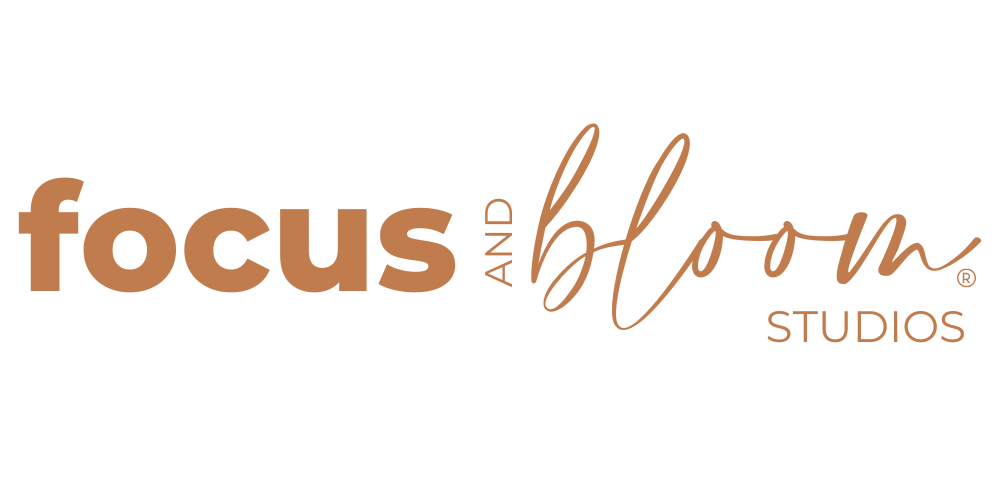E13: How to Write Copy that Converts: Interview with Dani Paige
“When you know you’re selling because it will genuinely help people, then you’re already coming from a place of authenticity.”
-DANI PAIGE
I’m super excited about my interview with Dani Paige. Fun fact about Dani - she used to play collegiate and professional hockey! When she felt she needed some normalcy in her life, she taught herself copywriting skills and now writes launch copy for female entrepreneurs who are launching things like group programs, high end services, and digital products.
What is Copywriting?
Copywriting is writing for the purpose of motivating people to take action like clicking on a button or making a purchase. It’s writing that uses specific techniques and formulas for emails, sales pages, Facebook ads, and blog posts that compel someone to take action.
How to make your copy unique to you and your offering.
Selling doesn’t need to sound like a sales pitch. It should lead with value and the desire to serve your audience. When you feel your product or service can help people, you’re already coming from a place of authenticity. You want your copy to sound natural and conversational rather than stiff and perfect. You can even use the voice feature on Google Docs and speak your copy!
There has to be an underlying purpose for everything related to your business strategy and goals. The purpose gives you confidence as well as communicates the right message to your audience.
How to write copy that converts into leads and potential clients
Number one is to write to create an emotional connection. Write towards the benefits and desires of your reader. As a wedding photographer, I could write “I will capture the essence of the happiest day of your life and you’ll have tangible keepsakes to decorate your home that remind you of that magical day.” Authentic copy will develop a trusting relationship, speak to the benefits for your customer, and evoke emotion.
“COPY THAT CONNECTS IS COPY THAT CONVERTS!”
-DANI PAIGE
Two tips for starting an automated workflow.
First, develop a good welcome or nurture sequence because it’s your first impression! This is a series of five or six messages that allow you to connect with them, and maybe offer valuable information to gain their trust. Then they’ll be more open to your offer at the end of your sequence (or even months down the road).
It’s important to pace your interactions so as not to give everything away at once and also not to overwhelm them. Spread your welcome sequence over about a one-week timeframe. The first email is your Delivery email - give them whatever they signed up for right away. With your second email you can stand for something - such as something you believe in about your niche or debunk a myth about your niche. The third email is an opportunity for you to share your story - your transformation, a hurdle you surmounted, or just why you do what you do. The fourth email can provide value like a link to a helpful blog, your social media, or your YouTube channel. Emails five and six are when you want to transition to your offer - email five “Be on the lookout for an exciting offer that will make your life easier” and email six contains your offer. Wrap up with letting them know what to expect going forward - there’s more great content to offer and here’s how often you’ll receive it. This sets expectations, gains trust, and makes them more comfortable.
The second tip is to create an upsell sequence. Communication with your customer should not stop after they make a purchase. After all, it’s easier to get a repeat customer than to gain a new one! Use your existing relationship to upsell or sell a complimentary product or service. As a wedding photographer, I can set up email automation for existing wedding clients to trigger ten months down the road offering a photo session for their first year anniversary.
What to avoid in workflows and sequences.
While consistent email communication is key, if you are not able to email for a while, don’t spend time apologizing for or talking about why you’ve been absent. More than likely, they have not noticed your absence! Just jump right back into providing them with valuable content.
How many emails should I send my audience?
Consistency is key. Depending upon your audience and content, anywhere from weekly to monthly is a good target. You want to be sure you are supporting their needs, not just sending emails to touch base. If you’re in launch mode, it may be more often. Feel your audience out and if you notice them unsubscribing, taper off a bit. You can also break down your master email list into segmented groups that want to receive emails about specific topics. The more you know about your reader, the more curated your content can be.
Be sure to listen to the end of the podcast to hear Dani’s answers to a lightning-round of random questions! She also offers a FREEBIE!

